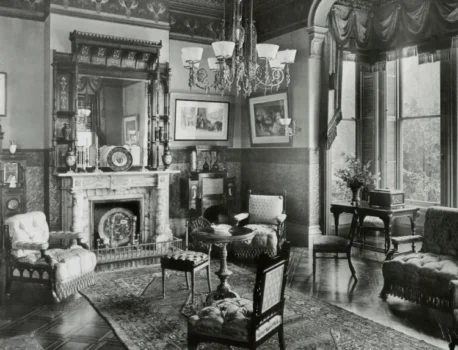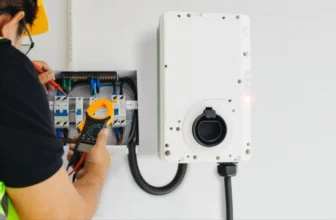If Your Home Doesn’t Have Gaslighting Fixtures, Are You Even Trying?
These days, “gaslighting” means making someone doubt what they know. But in the 1800s, it was less complicated: gaslighting kept your house from looking dark. And let’s be real, if your Victorian home didn’t have gaslights were you even trying?
Let’s get this straight: gas lights in old homes weren’t just a way to light up a room. It showed off your status similar to how people today go crazy for LED lights you can dim or fridges that remind you about buying milk. Back then, if you used candles, you were a peasant, and oil lamps? Those were just waiting to burn your house down. Victorian gas lighting though? It added some pizzazz—and also might set your curtains on fire. But come on, who doesn’t like a bit of excitement in their life?
The Basics: Gaslighting > Candles
Candles were okay, but they belonged in the past. If you still used beeswax and tallow to light up your house, you might as well have lived in a cave (not the cool renovated type). When gas lighting showed up rich folks rushed to put it in their homes. It made everything appear brighter, cleaner, and way more expensive. Also, it saved everyone from the weird smell that came with burning animal fat.
Gas lighting in houses involved pumping coal gas into homes, lighting up rooms in ways candles never managed. This marked a big step up—you weren’t just brightening a room, you were telling everyone you’d made it.
But How Much Light Do You Really Need? Answer: All of It.
Lighting in the Victorian era went all out ditching the idea of “less is more.” Their gas lamps were fancy affairs sporting multiple flames to light things up. Why settle for one flame when you could have six blazing away? Chandeliers, sconces, and wall brackets weren’t just there to brighten the room—they were stunning pieces of art that grabbed your attention (and might’ve fried your eyeballs if you stared too long). But it wasn’t just about lighting up the place. These fixtures gave folks something pretty to gaze at while chatting about the daily perils of catching tuberculosis.
If you want to get a feel for how fancy these light fixtures were, picture a chandelier so extravagant it made your dining room table look like someone made it from cardboard. You needed lighting that showed off your wealth and social standing. The more flames it had the more your guests would be wowed—and if they happened to black out from the heat, well, that was just part of the whole experience.
The Gas-Electric Combo: Because One Power Source Just Doesn’t Cut It
When electricity started showing up in the late 1800s, some houses had what you might call “dual-fuel” light fixtures. These were half gas half electric, which, if you ask me, was quite the power play. I mean why stick to just one type of light when you could have both? People living in Victorian houses wanted to play it safe just in case Edison’s little invention didn’t take off. Also, having two types of lighting let them show off about owning two technologies while wondering which one would set their curtains ablaze first.
The fixtures dubbed “gasoliers” (because who doesn’t love a mashup word for chandeliers and gas?), showcased a careful mix of open flames and electric lights. This lighting setup was like having a Tesla next to a horse-drawn carriage in your garage—decadent and slightly ridiculous, but also pretty impressive.
Victorian Home Interior Vibes: Lighting and Excess
Let’s face it, gas lighting in homes wasn’t just about seeing things. Nope—it played a big part in setting the mood. Gaslighting wasn’t practical, it fit right into the “more is better” idea behind Victorian home interiors. Houses were packed with thick curtains big furniture, and wallpaper that gave you an optic misfunction. The lighting had to match. Gas lamps added a gentle flickering light to these already stuffed rooms making them perfect for pretending to faint at dinner or saying someone had “brought shame to your family name.”
Without gas lighting, your house just didn’t feel finished. Could you gather friends to read “Wuthering Heights” by candlelight? Of course. Would it create the same moody atmosphere as gas lamps throwing shadows on your velvet curtains? Not. Even. Close.
Are You Even Trying?
At the end of the day, the Victorians became experts in the gaslight era—both in the literal and metaphorical sense. If your house didn’t have gas lighting fixtures, it was obvious: you weren’t putting in the effort. They knew that lighting wasn’t just practical—it was a way to show the world you’d made it, that you were cultured, and that yes, you had cash to spare (along with a few curtains if things went wrong).
So next time you’re adjusting the dimmer switch in your living room, think of the Victorians who risked life, limb, and interior décor for the perfect glow. And ask yourself: without gaslighting fixtures, are you even trying?








